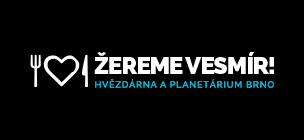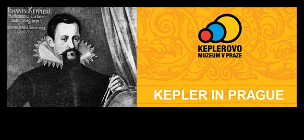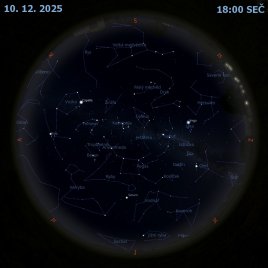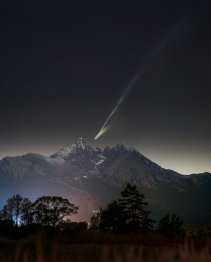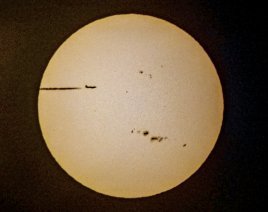Astrofyzikální přednáška: co skutečně trhá hvězdokupy?
Typ akce: Přednáška
Termín konání akce: 05.01.2018 od 13:10 do 14:40
Přednáškové cykly a mimořádné jednotlivé přednášky spadající pod Vybrané kapitoly z astrofyziky se konají v průběhu výukové části zimního semestru akademického roku (od října do ledna) na půdě Astronomického ústavu Univerzity Karlovy, v posluchárně TAU trojského areálu Matematicko-fyzikální fakulty Univerzity Karlovy. Přednáškové cykly se v daném semestru konají většinou tři až čtyři, jsou vždy zaměřeny na jedno téma a skládají se obvykle ze čtyř přednášek. Konkrétní data a časy konání všech přednášek vždy vycházejí z domluvy s přednášejícími a studenty, a mohou být tedy různé i v průběhu jednoho cyklu či semestru. Přednášky jsou veřejně přístupné, všichni zájemci o astronomii a astrofyziku jsou srdečně zváni.
Abstrakt přednášky Michaela Fellhauera:
Galaxies are made out of billions of stars more or less evenly distributed throughout the galaxy. We call these stars field stars. On the other hand we see very dense objects made out of hundreds or up to millions of stars, which we call star clusters. Modern theories and observations show that stars form, when cold gas is collapsing. In these regions, of collapsing gas, we form stars in the form of star clusters. We see many young star clusters in galaxies like our Milky Way, but far less older clusters. This finding, that most star cluster do not survive their infancy and instead are being destroyed and the stars are spread out and become field stars, let astronomers to search for a culprit, responsible for this murderous process we call infant mortality. A suspect was found very soon - gas expulsion. The fact that young star clusters have to get rid of their remaining gas, which might be the majority of the mass. Since then the astronomical detectives are gathering evidence to close the case against the culprit.
Also our group has embarked on this journey. Instead of painstakingly performing very realistic simulations, which have to run on the most modern super-computers for months at a time, we wanted to perform many hundreds of idealised models. We hoped to gather more statistical significant evidence to convict gas expulsion. We even developed a new theory describing how gas expulsion can afflict young star clusters, which is very good in predicting the harm the expulsion of gas does to a star cluster. But, our models also predict that the young star clusters are forming in a way that makes them quite resilient to the destruction by gas expulsion alone. This means that our usual suspect may be in fact innocent or at least not the strongest player in a whole gang of new murder suspects. As a side result, we find that all newborn proto-clusters must be mass segregated, this means that the most massive stars are located in the very centres of star clusters. This is a result, which is visible in many observations. But, using old theories, it takes quite a long time to move the massive stars to the central area if they are born randomly distributed. Therefore, astronomers believe that the massive stars must have been born in the central area. Our models show that if clusters form out of clumps and filaments of stars, then as soon as we see something like a proto-cluster, the formation process has already deposited all high mass stars in the central area, no matter where they have been born. This means also that we can no longer decide, by looking at young clusters, if these high mass stars were born in the centre or not.

